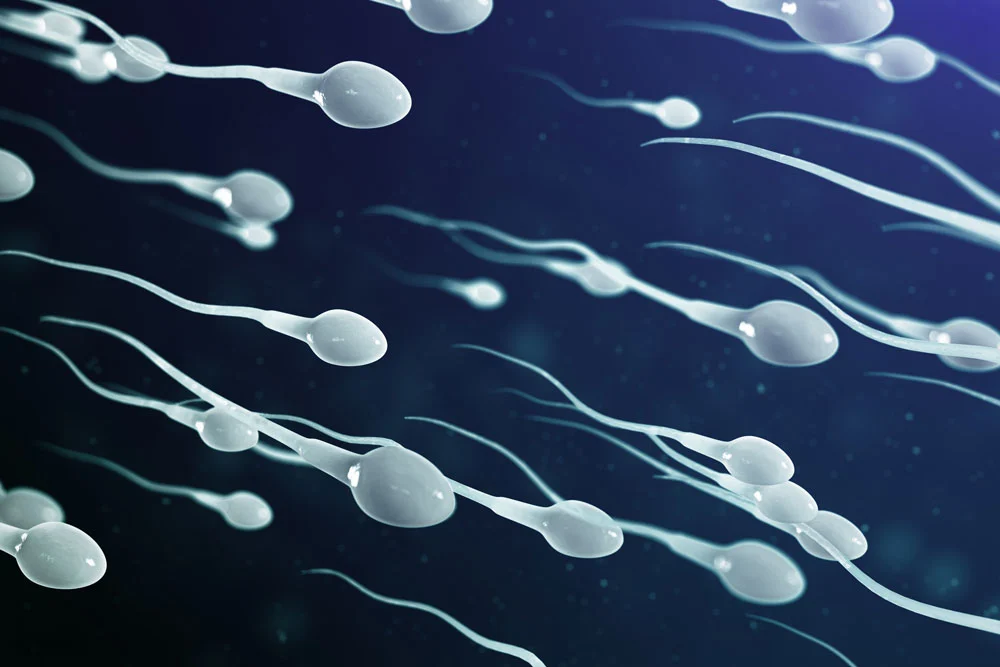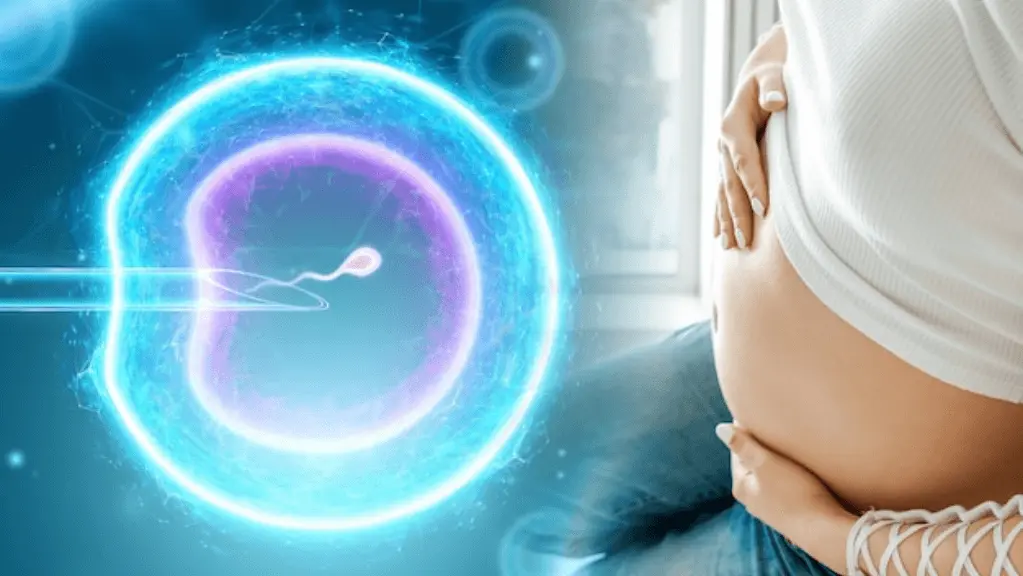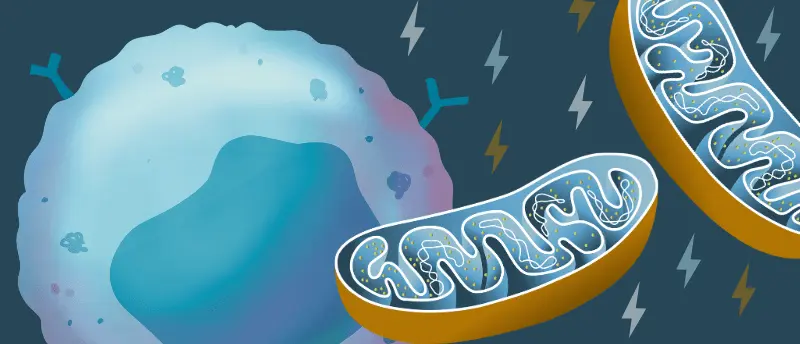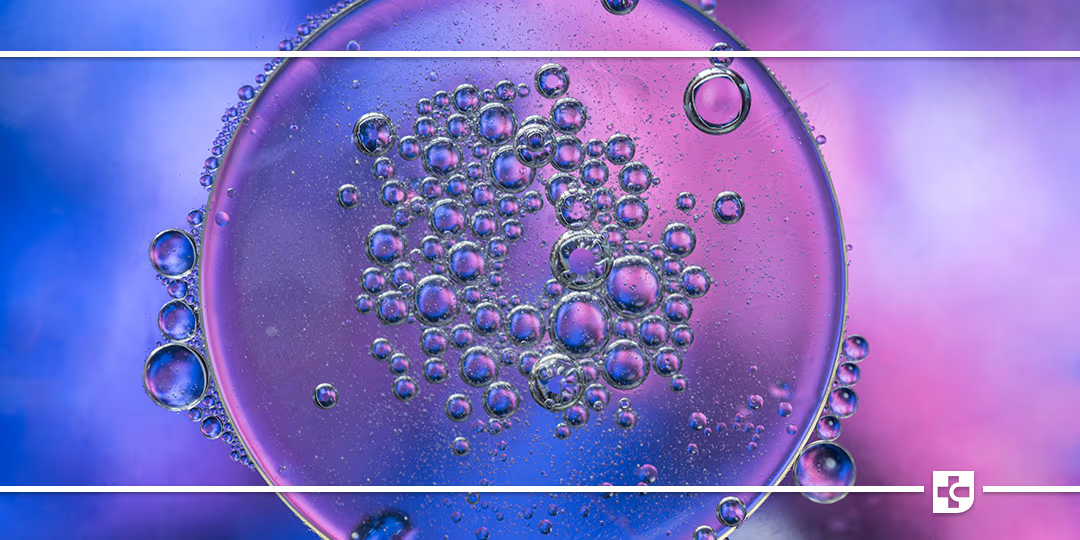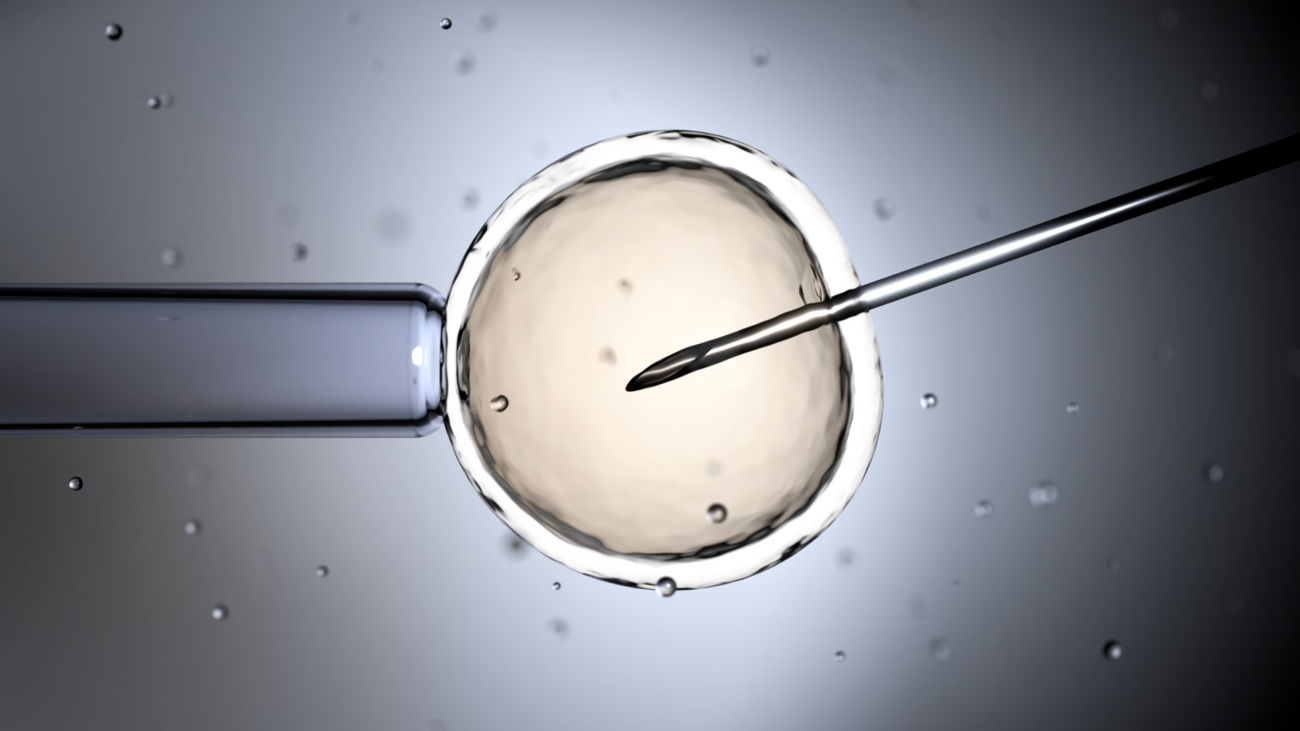A Revolutionary Fertility Preservation Method
Ngrirja e indit ovarian, also known as Ovarian Tissue Cryopreservation (OTC), stands as an experimental approach to safeguard fertility by freezing tissue extracted from the outer layer of the ovary. This ovarian tissue is then stored for potential future use.
The Need for Ovarian Tissue Freezing
Initially employed to protect the reproductive health of young women facing cancers like breast or lymphoma requiring potentially damaging chemotherapy, Ngrirja e indit ovarian has evolved as a crucial method for preserving fertility. This method, referred to as OTC, offers a unique opportunity for women to preserve their ovarian cortex (tissue) before undergoing treatments, ensuring the possibility of having children in the future.
Cryopreservation of human ovarian tissue is increasingly applied globally. It serves to safeguard fertility in cancer patients, especially in young girls and women unable to postpone their treatment. Moreover, it has been proposed for patients with benign pathologies carrying a risk of premature ovarian insufficiency.
Preserving Future Fertility through Ovarian Tissue Freezing: The Procedure
Only a few IVF clinics are equipped to perform ovarian tissue freezing, and as the pioneer IVF clinic in Turkey, we as Stem&Gene ART Clinic take pride in offering this procedure to our patients. The process involves removing a part or the entire ovary, typically conducted through laparoscopy. This surgical method allows our experts to extract healthy tissue containing eggs, which is then transported to a specialized laboratory. Here, the tissue is cut into small strips and frozen. This advanced treatment option enables the thawed ovarian tissue strips to be re-implanted into the pelvis for natural conception post-recovery or for the retrieval of eggs to be used in In Vitro Fertilization (IVF).
Who Can Benefit from Ovarian Tissue Freezing?
Ovarian tissue freezing is suitable for individuals who meet specific criteria:
- Girls whose menstrual period has not started, for whom this is the only available option for fertility preservation.
- Women about to undergo cancer treatment.
- Women unable to use fertility drugs.
- Pre-menopausal women lacking adequate time for embryo or egg freezing.
- Re-pubertal women unable to undergo ovarian stimulation.
Ovarian Tissue Freezing in Clinical Context: A Crucial Fertility Preservation Method
Ovarian tissue freezing holds a significant place among fertility preservation methods, particularly for those needing immediate gonadotoxic treatments. It serves as a valuable alternative in various medical conditions, including blood diseases like sickle cell anemia, thalassemia major, immune system disorders such as SLE and rheumatoid arthritis, premature ovarian failure cases like Turner syndrome, and benign ovarian diseases requiring surgery like endometriosis.
Employing a specialized protocol is crucial for the successful freezing and functioning of ovarian tissue after transplantation. With advancements like vitrification, the reliability of the technique has increased.
Pioneering Fertility Preservation at Stem&Gene ART Clinic
In the realm of fertility preservation, Stem&Gene ART Clinic stands as a trailblazer with its implementation of Ovarian Tissue Freezing, also known as Ovarian Tissue Cryopreservation (OTC). This cutting-edge method, initially designed to safeguard the reproductive health of women undergoing cancer treatments, has evolved into a revolutionary fertility preservation technique. Stem&Gene’s expertise in this field is exemplified by their role as one of the few IVF clinics equipped to perform Ovarian Tissue Freezing. Through laparoscopic procedures, the clinic extracts ovarian tissue, freezing it for potential future use. This advanced approach provides hope for diverse individuals, including those anticipating cancer treatments, pre-menopausal women, and those facing various medical conditions. Stem&Gene ART Clinic’s commitment to specialized protocols and innovative techniques, such as vitrification, reinforces its position at the forefront of fertility preservation, offering renewed possibilities for conception and contributing to advancements in reproductive health.



